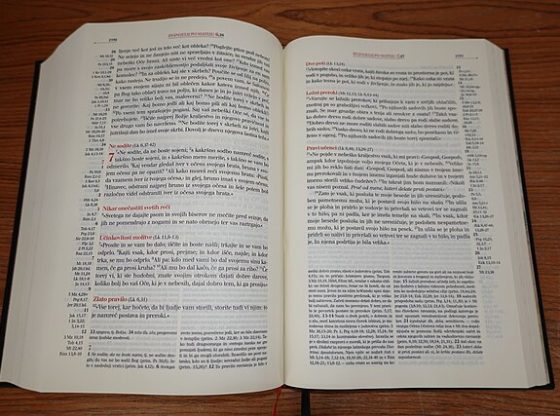China’s 8.5-ton Tiangong space station Tiangong-1 — which translates to “Heavenly Palace” — has been out of control since September 2016 and is expected to crash into earth around April 3rd, according to MLive.
The report names southern lower Michigan as one of the regions with the highest probability of debris landing.
While much of the space station will burn up upon reentry, the highly toxic debris still poses a risk.
The Guardian detailed China’s incompetence:
[I]n 2016, after months of speculation, Chinese officials confirmed they had lost control of the space station and it would crash to Earth in 2017 or 2018. China’s space agency has since notified the UN that it expects Tiangong-1 to come down between October 2017 and April 2018.
Since then the station’s orbit has been steadily decaying. In recent weeks it has dipped into more dense reaches of Earth’s atmosphere and started falling faster.
“Now that [its] perigee is below 300km and it is in denser atmosphere, the rate of decay is getting higher,” said Jonathan McDowell, a renowned astrophysicist from Harvard University and a space industry enthusiast.
While this is cause for concern, Astronomer Jonathan McDowell notes that an hour error in guessed reentry time of Tiangong-1 corresponds to a 17,000 mile difference in where the debris will land.
Given McDowell’s observation, where exactly the space station’s debris lands depends on a few variables. Stay tuned.














